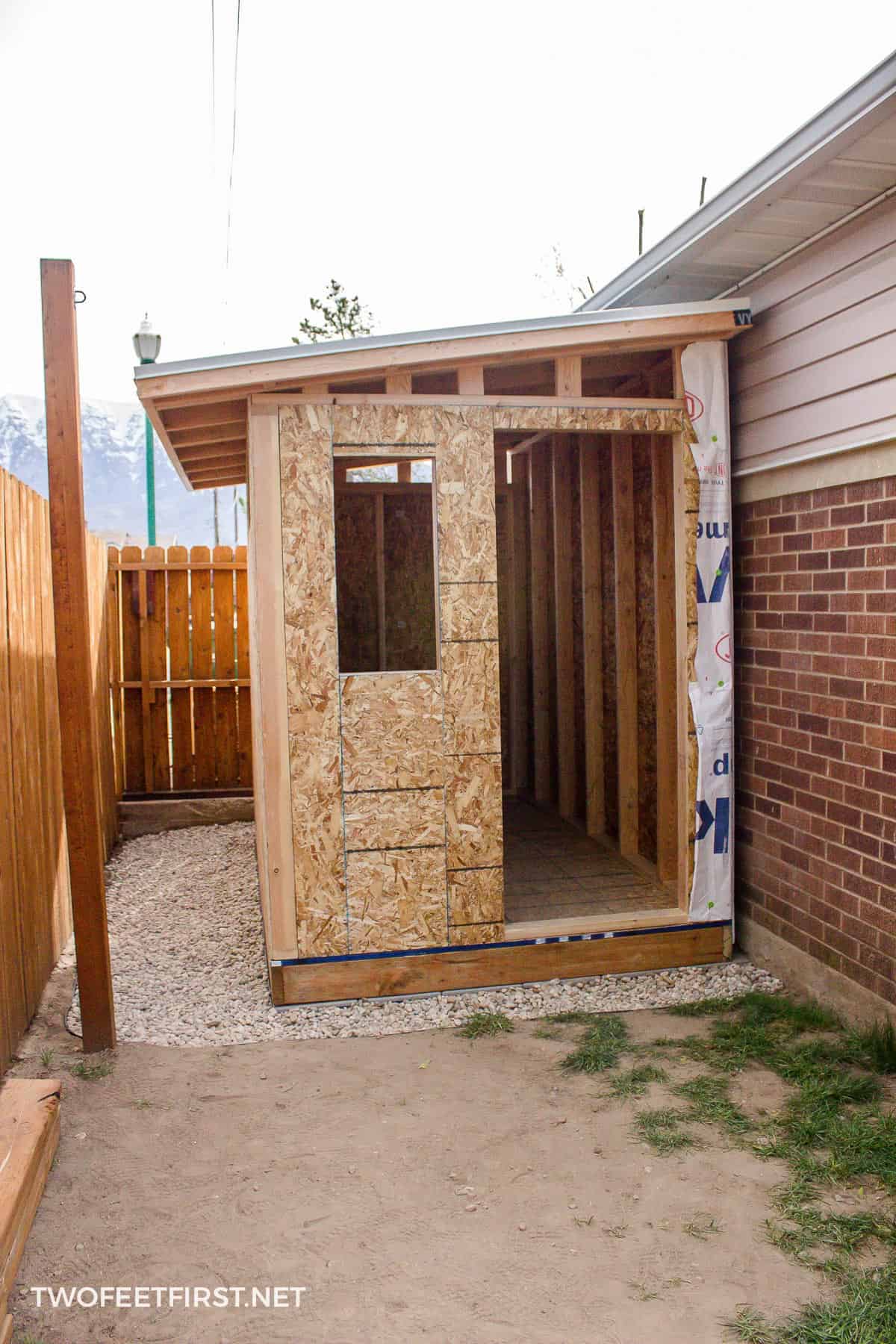
Alright, so you're ready to build a lean-to shed, eh? You've got the tools, the materials, and a little bit of enthusiasm. Great! Let's break down the steps so you can get this bad boy built and ready to store all your stuff.
1. Planning and Prep: Laying the Foundation for Success
First things first, you need to plan. Imagine that shed as a work of art, because that's essentially what you're creating. Here's what you need to consider:
Location, Location, Location: Choose a spot that's level, well-drained, and convenient for your needs. Think about where you'll be using it and how you'll access it. Also, check with your local building department for any permits or regulations.
Size Matters: How big do you need it? Too small, and you'll be wishing you'd built bigger. Too big, and you'll be spending way more than you need to. Measure twice, cut once, right?
Materials, Materials, Materials: What's your budget? Wood? Metal? Recycled materials? The world is your oyster! Just remember, the quality of your materials directly affects the longevity and stability of your shed.
Tools and Treats: Gather your toolbox essentials: saw, hammer, drill, level, tape measure, and some snacks. You'll be working up a sweat, so hydration is key!
2. Setting Up the Foundation: The Solid Base of Your Shed
Now it's time to get your hands dirty! Here's how to build a solid foundation:
Clear the Area: Remove any weeds, rocks, or debris. You want a clean, level surface to work on.
Mark It Out: Use stakes and string to mark the dimensions of your shed. Double-check your measurements, because once you start digging, it's hard to undo.
Choose Your Foundation: For a lean-to shed, you've got options. Concrete is super durable but more expensive. Pressure-treated lumber is a good, affordable choice. There's also a method using gravel and crushed stone. Research and choose what fits your budget and skill level.
Level It Up: Use a level to ensure that your foundation is perfectly level. This will ensure your shed stands tall and proud!
3. Framing the Walls: Putting Up the Skeleton
Alright, now we're getting into the meat and potatoes of the project! Let's get those walls up:
Measure Twice, Cut Once: Again, remember that old adage! Carefully measure and cut the lumber for the walls using your saw. Make sure to account for any door or window openings.
Building the Walls: Assemble the wall frames using screws or nails. You can use pre-cut studs or cut them yourself. If you're using pressure-treated lumber, make sure to pre-drill holes to prevent splitting.
Adding Bracing: To strengthen the walls, add diagonal bracing. This will prevent the walls from bowing or collapsing.
4. Putting Up the Roof: Shelter from the Storm
The roof is the most important part, as it keeps you and your belongings dry! Follow these steps:
Measure and Cut Rafters: Calculate the length of your rafters, accounting for the overhang. Cut them to size, making sure they're all the same length.
Attach Rafters to Walls: Install the rafters to the wall frames, creating a sloping roof structure.
Install Roof Sheathing: Attach plywood or OSB sheathing to the rafters, creating a solid base for the roofing material.
Choose Your Roofing: Shingles, metal, or even recycled materials can work. Consider the local climate and your budget.
5. Siding and Finishing Touches: Adding Some Style
Okay, you've got the structure up. Now it's time to make it look good:
Siding Options: Wood, vinyl, metal, or even recycled materials can be used. Choose what fits your style and budget.
Window and Door Installation: If you're adding a window or door, make sure to measure and cut openings accurately. Install them securely using appropriate hardware.
Painting and Finishing: Once the siding is installed, you can paint or stain the shed to protect it from the elements and give it a more polished look.
6. The Finishing Touches: Making It a Home
You're almost there! Now it's time to add the finishing touches:
Floor Installation: Lay down a floor, either concrete, plywood, or even a layer of gravel. This will create a stable and easy-to-clean surface.
Lighting and Ventilation: Adding a light and a vent will make the shed more functional and prevent moisture buildup.
Shelves and Storage: Install shelves or storage bins to organize your belongings and maximize space.
And that's it! You've just built your own lean-to shed. You can now celebrate with a celebratory barbecue and admire your handiwork. Remember, building a lean-to shed can be a rewarding experience, but it's essential to take it step by step and be patient. If you encounter any difficulties, don't hesitate to consult a professional or seek advice from experienced builders.
But most importantly, have fun and enjoy the process! Building your own shed is a great way to save money and learn valuable skills. And don't forget, the satisfaction of a job well done is priceless!

No comments:
Post a Comment
Note: Only a member of this blog may post a comment.